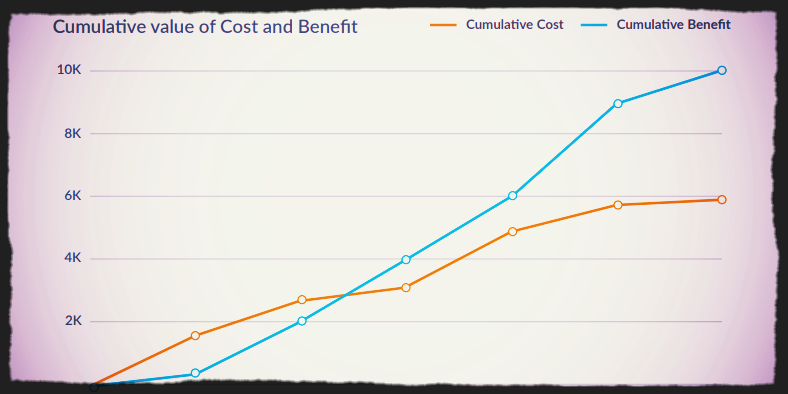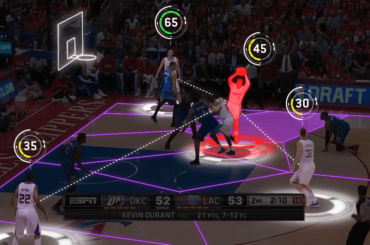Training your team is an investment. It costs time, energy and money to teach a workforce a new skill. It is therefore important that companies be able to identify how effective training has been, so that its value can be quantified. Thankfully, there is a method that can be used to calculate the effectiveness of the training. This method has been around since 1959, updated twice in the time since, and was invented by Dr. Donald Kirkpatrick who called it his ‘Four-Level Training Evaluation Model’ (later changed to ‘The Four Levels’).
The Kirkpatrick system for the assessment of training in the marketplace is the best known and most widely used method. The four levels are:
- Reaction
- Learning
- Behavior
- Results
Reaction
The first level refers to how those being trained reacted to the course. Kirkpatrick said, “evaluating reaction is the same thing as measuring customer satisfaction. If training is going to be effective, it is important that students react favorably to it.”
Did the trainees value the experience? Did they resent being asked to partake in it? Were they bored because they already knew the course material, or were they eager to sharpen their skills? Did they feel the training would benefit them in the long-term? It is important that the company goals align with the personal goals here to ensure that both the business and the individual feel as though they have benefited from the experience.
Kirkpatrick suggested the use of a form to poll opinions and reactions, as well as collect suggestions and comments. Honesty is crucial at this level, so consider employing anonymous surveys to collect feedback.
Learning
The second level aims to evaluate how much learning has transpired over the course of the training. A test or assignment can determine this. Most courses today will incorporate at least one test as part of the curriculum. Were there specific learning goals to be met? What aspects improved for trainees, was it their knowledge base, their skills or their attitudes? The learning outcome will depend on the type of training they have undertaken, but if possible test employees to evaluate the difference before and after training.
Behavior
This level speaks to how the training is applied practically. How does the knowledge learned transfer to their work? Was there a difference in attitude, efficiency or productivity? It is important to consider the fact that this level can only be properly evaluated if employees are given the opportunity and encouraged to use their newly learned skills. Otherwise, advancements measured in the previous levels may not make themselves obvious here. This level can also take longer to evaluate, as the real behavioral benefits may not make themselves visible right away but may come to light later on.
Results
This is the level many companies will show the most interest in as it can provide valuable evidence of ROI. It may appear to be the most difficult level to evaluate, as it consists of tying all four levels together and measuring how training has impacted the company, the employees and the bottom line. However, these metrics are usually already being tracked by an organization so it’s just a matter of putting them together. What did the training do to levels of engagement? How did it affect profits?
Different ways gains might make themselves evident are:
- Decreased spending
- Improved efficiency
- Improved morale
- Increase in intellectual capital
- Improvement in quality of service and customer satisfaction
- Improved employee retention
To calculate these accurately, there needs to be pre-training and post-training evaluation. Whether through loss prevention or an increase in profit, there should be a financial benefit over time. A rise in motivation, morale, and employee satisfaction is also valuable, although the financial advantage of this can be difficult to determine in the short-term. Again, make sure to assess how the goals of the company and the goals of the individual employees overlapped or diverged, and work out how to better address this going forward.
Evaluation of effectiveness using these methods requires forethought and planning. Ideally surveys would be taken before and after training, and benchmarks would be established before training so as to later accurately ascertain the margin of improvement. Certain training options can make it easier to evaluate effectiveness using these levels; if possible choose an e-learning platform with clear cut pricing plans and simple and easy ways to track the progress of employees. Choose training with inbuilt tests to measure the effectiveness within the program itself, so that most of the training evaluation is completed as part of the course.
Remember that the right training for your team is profitable to your company in more ways than might immediately be apparent.








